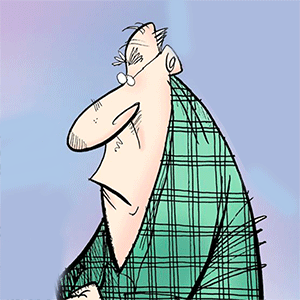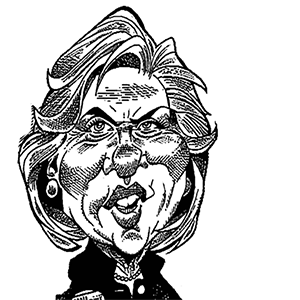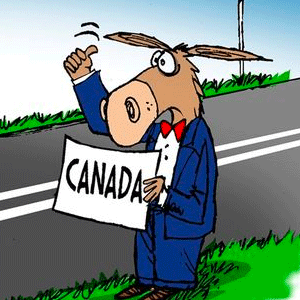Commentary: The hypocrisy of shaming college football player brawls
Published in Op Eds
On Nov. 30, as the college football season reached its rivalry week climax, at least a half dozen games included heated brawls between the contestants. Most prominent was the matchup between Michigan and Ohio State, known as “The Game.”
The visiting Wolverines upset their rivals in Columbus, and after they attempted to plant their flag at midfield, an enormous melee broke out that police disturbingly attempted to suppress using pepper spray in an assault on students.
Media coverage of this incident, which focused on player behavior rather than the police response, widely indicted the incident’s "ugliness." Sporting News said an “ugly scene marred” the game, while CNN almost identically lamented how “an ugly brawl after the final whistle marred” Michigan’s win. The New York Post reported “it got ugly,” while the Detroit Free Press suggested Michigan’s triumph “got a bit of an ugly stain.” A commentator on Fox called it an “incredibly ugly scene for a beautiful rivalry.”
They have a point: Violence in university athletics is ugly and has no legitimate place in institutions with a mission to nurture, develop and educate students. The problem with all this righteous indignation, however, is that it fails to acknowledge that college football is inherently defined by violence, even as it is celebrated by universities, media outlets and millions of American viewers.
In fact, just days before the “ugliness,” a 20-year-old Alabama A&M player died in a hospital following head injuries he suffered during a game in October — a death for which the violence of college football bears responsibility, and which seemed to receive less coverage than the rivalry brawls.
The violent character of football is not limited to cases of immediate fatality. Studying American football players, Boston University researchers have found that every 2.6 years of participation in football doubles the chances of contracting the degenerative brain condition chronic traumatic encephalopathy, and that football players have a 61% higher chance of developing Parkinson’s disease compared to other athletes. These consequences have been and will be suffered by participants in college football. And they are unquestionably a form of violence, even if one we seem all too willing to endorse.
But traditional forms of violence such as those seen in the brawls are also characteristic of college football culture. Before the Michigan game, Ohio State coach Ryan Day said, “This game is a war. And anytime there’s a war, there’s consequences and casualties. And then there’s the plunder and the rewards that come with it.” While that message aged poorly in light of the brawl, raising questions about the coach’s influence on the players’ behavior, it should in no way be viewed as anomalous.
To write our new book about the human costs of the sport, we interviewed 25 former players in the Power Four — the top conferences in college football — about their experiences. Many told us that their coaches frequently exhorted their teams to engage in violence even outside of playing the game. One reported that a strength coach designated a spot in the locker room for players to fight out their issues with each other; another told us that fighting teammates was so common in his experience that it was perceived to reflect a “good practice” session. Accusations and lawsuits detailing abusive behavior in college football programs routinely emerge.
Given this context, it makes no sense for anyone to get on a high horse about public brawling in college football: The sport is already saturated in violence. While it might conceivably be possible to reform the more toxic forms of brutality out of the game — a somewhat Sisyphean task given how pervasive the culture is — at the end of the day, little can be done about the fact that tackle football is, by its very nature, violence and harm that serve as entertainment.
Although some commentators criticized Ohio State’s Day for seeming to justify the brawl after the game, in fact he was saying the quiet part out loud: “I’ll find out exactly what happened, but this is our field. Certainly we’re embarrassed with the fact that we lost the game, but there’s some prideful guys on this team that just weren’t going to let this happen.” Day’s crime appears to be that in rationalizing the fighting, he inadvertently admitted the prevailing ethos of college football: Sometimes, we have to beat each other up.
There was, then, nothing aberrant about the violence we witnessed on the gridiron during The Game. This was simply the truth about a beloved national pastime on full display.
____
Nathan Kalman-Lamb is associate professor of sociology at the University of New Brunswick. Derek Silva is associate professor of sociology and criminology at King’s University College at Western University. They are co-authors of “ The End of College Football: On the Human Cost of an All-American Game” and co-hosts (with Johanna Mellis) of The End of Sport podcast.
_____
©2024 Los Angeles Times. Visit at latimes.com. Distributed by Tribune Content Agency, LLC.




























































Comments